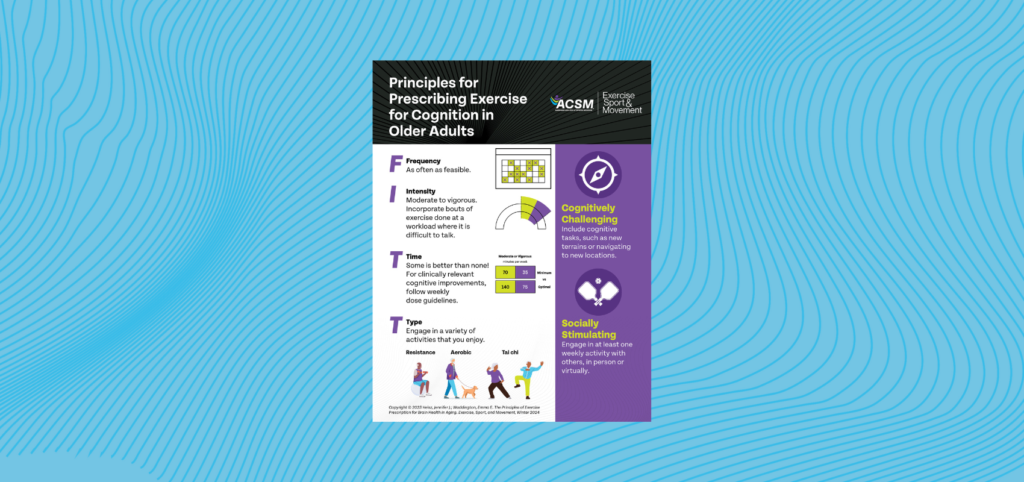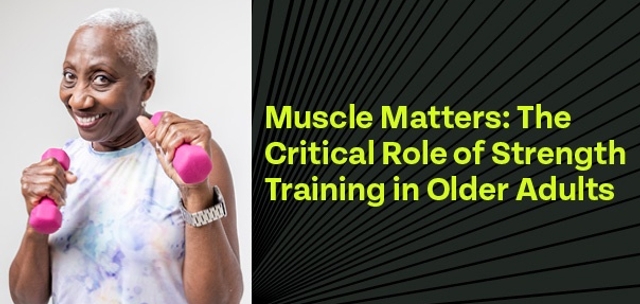In the world of occupational credentialing, words matter. Yet in occupational credentialing, terms like certification, certificate, credential and accreditation are often used interchangeably. Unfortunately, this misuse creates substantial confusion among professionals, educators, policymakers, and the public. It also can undermine advocacy efforts and blur the boundaries of professional competence. If we want to position qualified exercise professionals as part of the continuum of health care professionals, we must be diligent in using precise language to describe the exercise profession. Below, I unpack key occupational credentialing terms and explain why these distinctions matter in advocacy/policy efforts.
Key terminology
Accreditation
Accreditation is a voluntary process that provides formal recognition to institutions, organizations, or educational programs that meet established standards of quality, consistency and effectiveness. It serves as a quality assurance mechanism, helping stakeholders, e.g., students, professionals, employers, policymakers, identify programs that align with industry best practices. Accreditation promotes public trust and supports transparency in education.
In certification, accreditation ensures that a certification fairly and reliably assesses job-role competence, maintains independence from training and supports ongoing professional development. Leading accrediting bodies include the National Commission for Certifying Agencies (NCCA) and the International Organization for Standardization (ISO) which oversees ISO/IEC 17024. In education, accreditation applies to institutions and academic programs, such as those in exercise science, and evaluates curriculum, faculty qualifications and student outcomes. Programmatic accreditation, e.g., Commission on Accreditation of Allied Health Education Program (CAAHEP), focuses on specialized programs that prepare students for specific professional roles.
Certificates of Completion
Certificates of completion are documents awarded to those who attended or participated in a continuing education activity, such as a workshop, webinar or course. These certificates serve as proof of participation and are used to earn continuing education credits (CECs). CECs are required to maintain a professional certification in good standing by demonstrating ongoing competence in the certified role and fulfilling renewal requirements set by the certifying body. Certificates of completion simply confirm that the individual was present for the educational experience.
Certification
Certification programs are designed to validate an individual’s competence to perform a specific job role. Occupational data of recognized job roles can be reviewed in the US Bureau of Labor Statistics (BLS) and the Occupational Information Network (ONET). The BLS is the primary agency for the federal government that collects and publishes data on employment trends, wages and job outlooks, which inform workforce development and policy decisions ONET, developed by the U.S. Department of Labor, provides a comprehensive database of occupational characteristics, including the knowledge, skills, abilities and tasks required for more than 900 professions. Professional certification programs—especially certification agencies accredited by the National Commission for Certifying Agencies (NCCA) or compliant with ISO/IEC 17024—align with these occupational definitions to ensure that certificants meet nationally recognized standards for job-role competence.
Credential
A credential is an umbrella term that refers to formal recognition awarded to individuals who meet established standards of knowledge, skill, or competence. It encompasses certification, licensure, registration, and educational certificates. All certifications are credentials, not all credentials are certifications. Using “credential” as a catch-all term can be helpful in broad workforce development discussions. However, it is critical to distinguish among credential types in professional and advocacy settings.
Educational Certificates
Educational certificates, in particular assessment-based certificate (ABC) programs, are structured learning experiences designed to build knowledge, skills or abilities in a specific subject area. These programs culminate in an assessment that directly measures achievement of the course’s learning objectives. Unlike certification, which validates job-role competence through independent evaluation, ABC programs are tied to a specific instructional event and do not confer a professional credential. Participants who successfully complete the course and pass the assessment receive a certificate, and are classified as credential holders. Top-quality ABC programs emphasize instructional design, assessment integrity, and transparency, and these programs are a valuable resource for those looking for opportunities to advance in their careers.
Licensure
Licensure is a mandatory process established by law through which a governmental agency grants individuals the legal authority to practice a specific profession. To obtain a license, individuals must meet predetermined and standardized criteria—typically including education, experience, and successful completion of a licensing examination. Licensure offers title protection and defines a scope of practice, meaning only those who are licensed may legally use the title and their job tasks are limited to those defined in their scope of practice. For example, Louisiana requires clinical exercise physiologists to hold a master’s degree and pass the ACSM-Certified Clinical Exercise Physiologist (ACSM-CEP) exam to qualify for licensure. Further, most states require athletic trainers to pass the National Athletic Trainers Association Board of Certification (NATA BOC) exam, affiliated with the National Athletic Trainers’ Association (NATA), as a prerequisite for licensure. These examples illustrate how certification can serve as a foundational component of state-regulated practice.
Registration
Registration is a process by which professionals are formally recognized after meeting specific criteria, such as education, experience or examination. In governmental contexts, registration may authorize individuals to practice in a regulated profession and is sometimes used interchangeably with licensure, depending on the jurisdiction. In non-governmental (NGO) contexts, registration refer to inclusion in a registry maintained by an organization, often without legal authority. Because the meaning can vary widely, the term should be used carefully and only when the nature of the recognition is clearly defined.
Scope of Practice
Scope of Practice, in the most precise and legal sense, refers to the procedures, actions, and responsibilities that individuals are legally permitted to perform within a given profession, as defined by. It specifies what a licensed professional is authorized to do. This legal authority does not necessarily mean they are trained or competent to do it, but rather that the law permits them to do so. Scopes of practice clarifies the legal boundaries of a profession and what is permissible.
However, this term is often used by certification organizations colloquially to describe a professional’s abilities. In these contexts, a more accurate term is “scope of competency.” This refers to the validated knowledge, skills, and abilities a certificant is qualified to perform, typically as determined by a rigorous job task analysis. While a scope of competency informs what a professional is trained and qualified to do, it does not grant the legal authority to practice. Using “scope of practice” to describe certification is misleading and should be avoided to prevent confusion and properly represent the rigor of a credential.
How the Professional Credentialing Pieces Fit Together
To appreciate the value of a professional credential, it is critical to see how these individual components interconnect.
Formalized education sets the base of occupational competence. This is where candidates acquire the foundational knowledge and theoretical constructs and practice fundamental skills needed to perform a job role. A degree or certificate from an educational program is a critical prerequisite for many professions and signals that they have been exposed to the minimum competencies of their chosen occupation. However, education on its own does not confirm a person’s ability to perform a job in the real world.
Certification programs, on the other hand, are an independent validation of an individual’s competence to perform a specific job role. Certification objectively measures a person’s knowledge and skills against a national standard. Certification provides a layer of quality assurance by being a separate and distinct from the educational process. This bridges any potential gaps in educational quality and ensures that a certificant has demonstrated a uniform level of competence by passing a psychometrically sound, legally defensible competency assessment.
Once a certification is earned, the time-limited credential must be maintained through continuing education requirements. This ongoing process provides reasonable assurance to stakeholders (e.g., public, employers, policymakers) that a certificant remains current with professional standards and industry practices. The crucial distinction of certification from education is that it ensures that professionals maintain their competence over time. Some occupations further strengthen professional accountability by maintaining a public record of a certificant’s standing through professional registration. Registration offers a transparent and verifiable way for the public to confirm that an individual holds a valid credential in good standing. An example is the U.S. Registry of Exercise Professionals (USREPS), which lists certified exercise professionals of member organizations.
Summary
Licensure and certification often comingle foundational elements, such as standardized education, third-party assessment of competency, and continuing education requirements. In fact, many licensure pathways incorporate certification as a prerequisite. However, the key difference is legal authority. Licensure is the regulation of a profession by a governmental agency and confers a legally defensible scope of practice. Certification, by contrast, validates a person’s ability to perform a job safely and competently, establishing their professional scope of competency. While this does not grant legal permission to practice, it is a non-negotiable standard of quality and expertise. This distinction is critical for stakeholders to understand when advocating for the inclusion of qualified exercise professionals in healthcare. As stated earlier, words matter in occupational credentialing. Using precise terminology ensures clarity, credibility, and alignment with regulatory frameworks that necessary for advancing the role of exercise professionals in the healthcare continuum.

Francis Neric, MS, MBA currently serves as the associate vice president of certification and credentialing at the American College of Sports Medicine® (ACSM). With professional credentialing experience spanning 16 years, Francis has been instrumental in leading strategic initiatives to enhance the certification, advanced certificate and exam preparation programs to meet the needs of the domestic and international stakeholders of ACSM and the National Strength and Conditioning Association (NSCA). Francis holds an MBA in business management from the University of Colorado at Colorado Springs, an M.S. in clinical exercise physiology from California State University, Fullerton, and a B.S. in exercise science from California State University, Long Beach. Francis combines academic and industry knowledge to drive innovation and excellence in the health fitness industry. Francis is a passionate advocate for raising the bar for professionalism in the health fitness industry and expanding opportunities for exercise professionals in health care.




